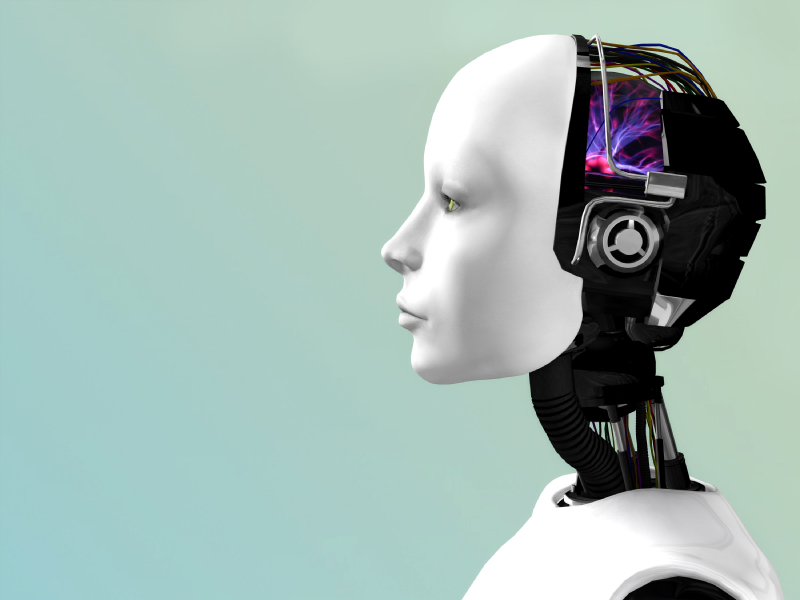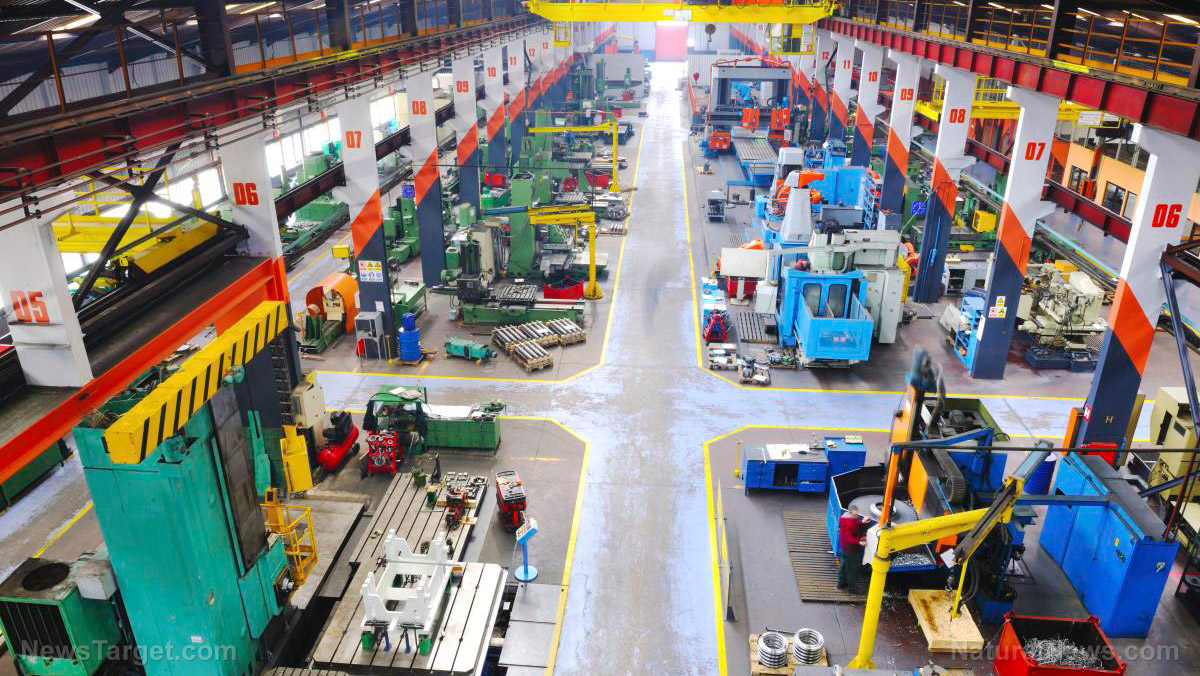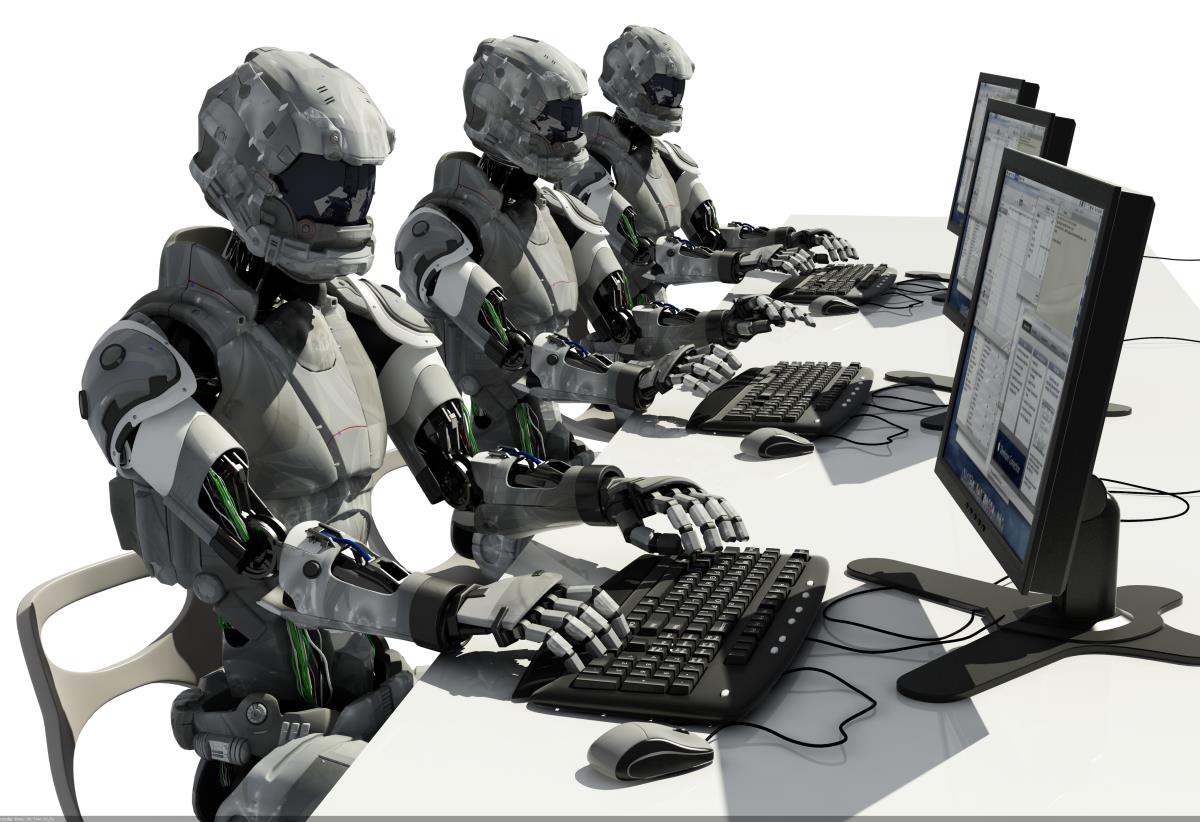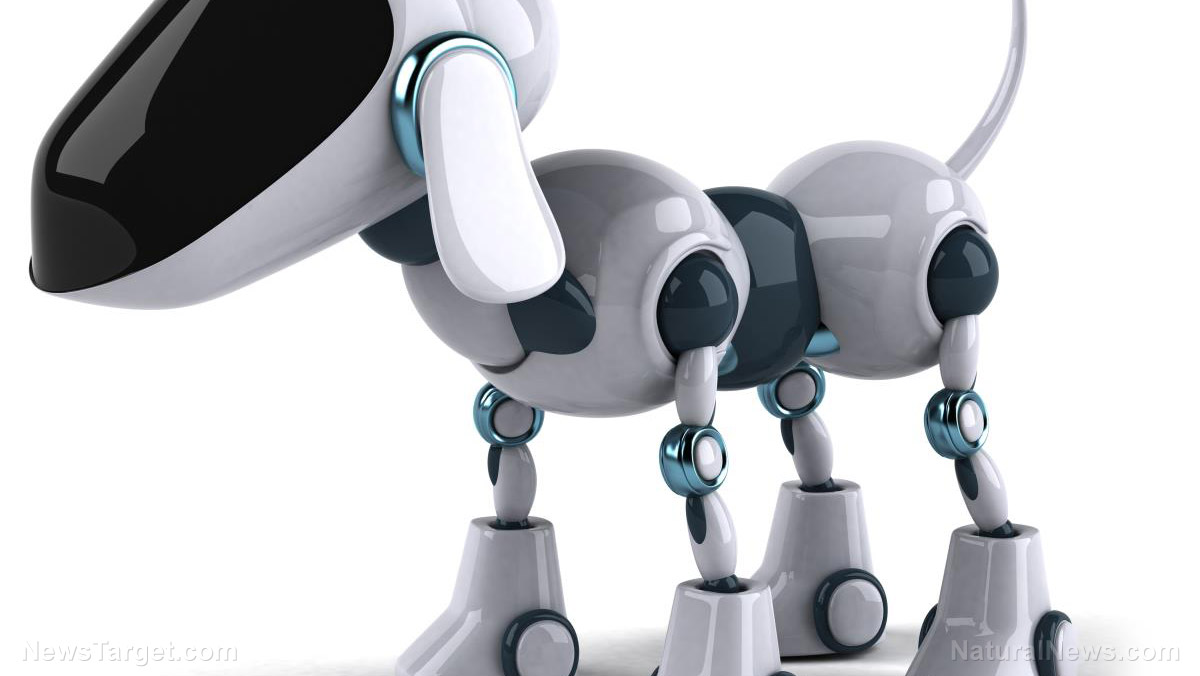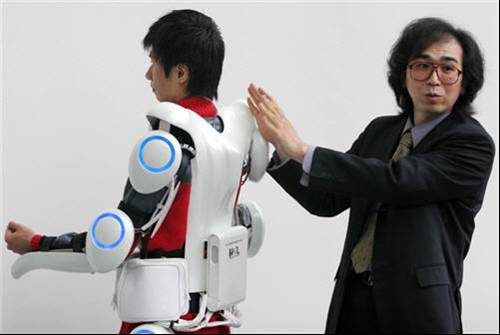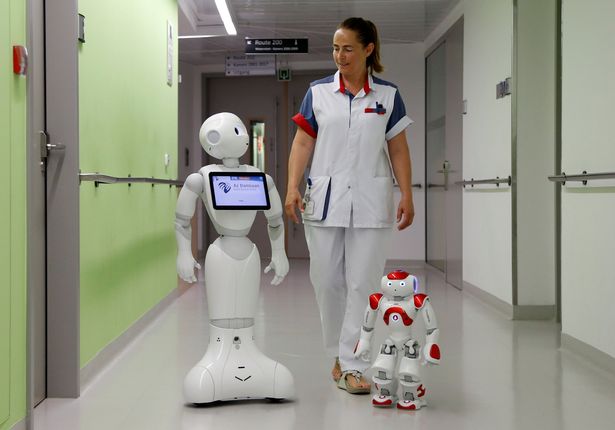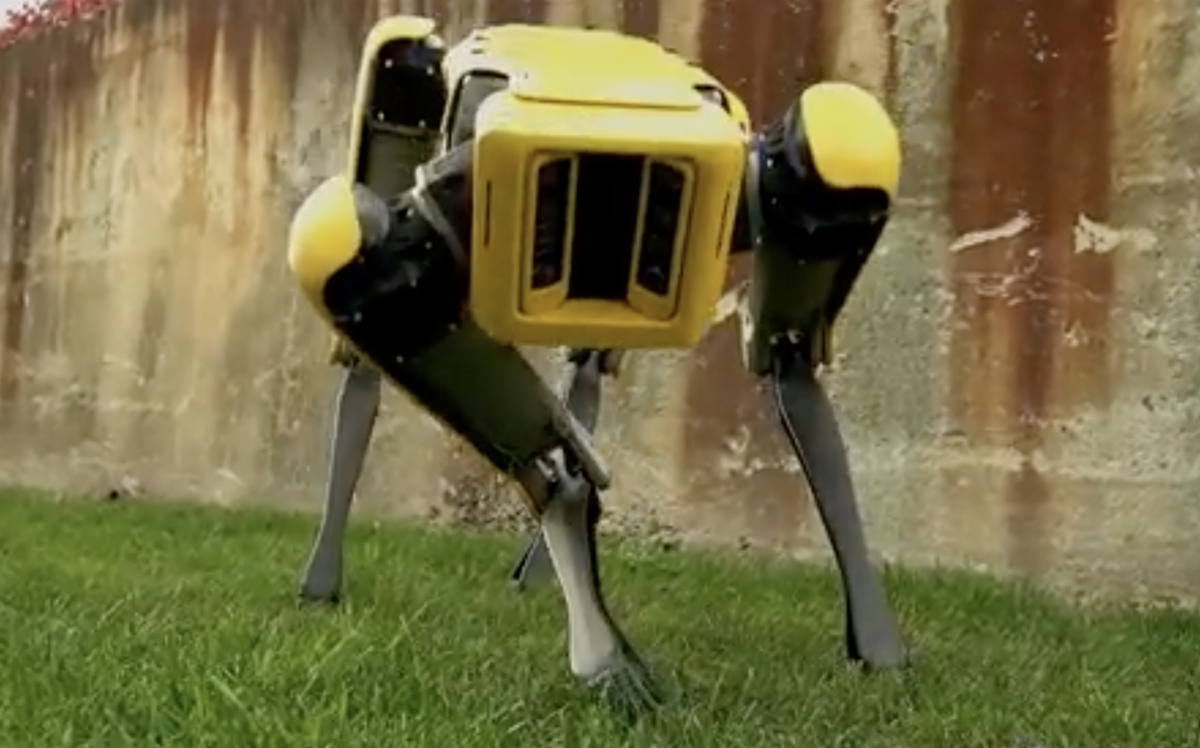Custom furniture built by robots makes carpentry safer
03/21/2018 / By Edsel Cook
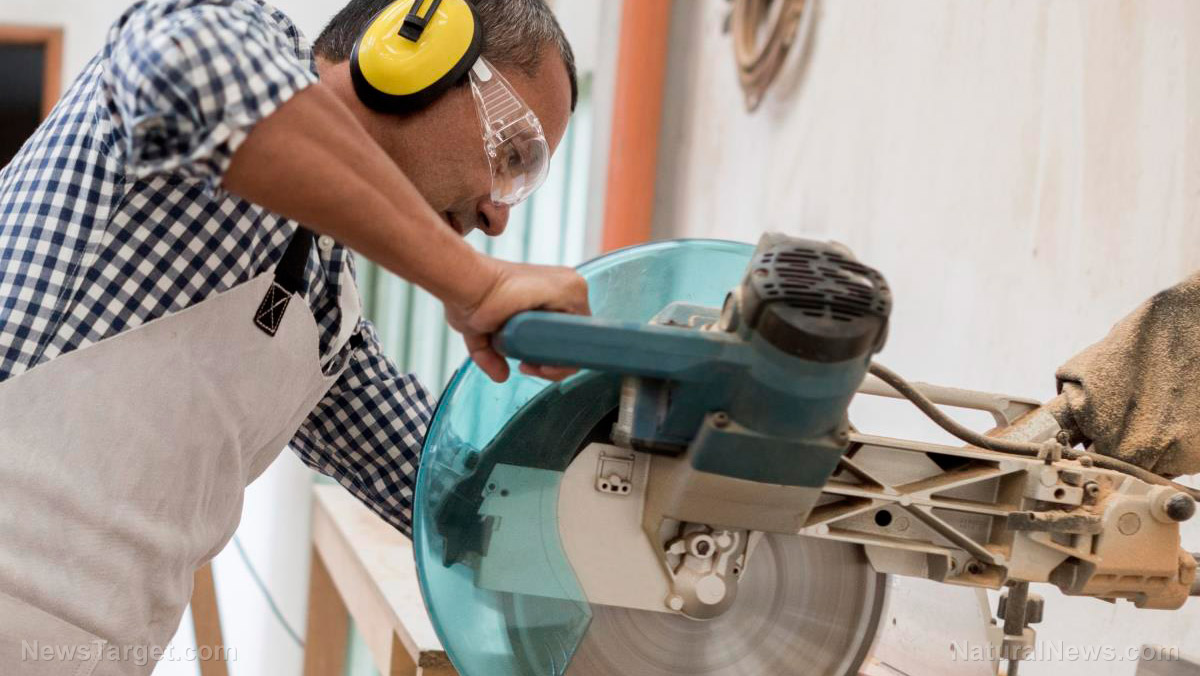
Every day, carpenters risk their fingers and hands. Some regard the fact as a necessary sacrifice to deliver personalized and artistic products. Others react like the Computer Science and Artificial Intelligence Laboratory (CSAIL), the MIT team who designed robots to do dangerous carpentry tasks like sawing and chopping, reports ScienceDaily.
The AutoSaw program directs the robots. CSAIL claims the computer-assigned design (CAD) system can handle both small projects like furniture and large projects like decks.
“Every time you put a hand near a blade, you’re at risk,” warns CSAIL researcher Jeffrey Lipton, the lead author for this project. “To avoid that, we’ve largely automated the process using a chop-saw and jigsaw.”
In addition to improving work safety, AutoSaw can reputedly alter furniture designs to fit within small areas, irregular spaces, or user preferences.
“Robots have already enabled mass production, but with artificial intelligence (AI) they have the potential to enable mass customization and personalization in almost everything we produce,” claims Daniela Rus, director of CSAIL and co-author of the AutoSaw study.
“AutoSaw shows this potential for easy access and customization in carpentry,” she explained. (Related: Robots now automating the harvesting of cucumbers in Germany.)
Robots taking over dangerous saws
A growing number of carpenters have acquired the familiarity and skill to use software. A common one is “Computer Numerical Control” (CNC), which turns the user’s design into machine language commands and feeds it to pre-programmed automated tools.
CNC has some disadvantages, though. The associated machines tend to be big, bulky, and expensive. Furthermore, the system has limited flexibility.
Old-school hand tools like chop-saws and jigsaws remain in wide use among carpenters because they’re the exact opposite of CNC machines: Cheap, light, and easy to use. Being bladed implements, they are also fairly dangerous to an inexperienced, tired, or careless user.
AutoSaw takes the CAD system OnShape, gives it plenty of customizable designs, and gives the finished blueprint to the robots handling the jigsaw and chop-saw.
The CSAIL team did away with large robot arms used by older systems. Instead, AutoSaw employs motion tracking and autonomous robots that can move around the work area.
The robot handling the jigsaw? It’s a modified Roomba with a circular saw instead of a vacuum. And the chopping is done by a pair of Kuka youBots.
“We added soft grippers to the robots to give them more flexibility, like that of a human carpenter,” Lipton says regarding the youBots. “This meant we could rely on the accuracy of the power tools instead of the rigid-bodied robots.”
Once the Roomba and youBots have cut the material into the intended shapes, AutoSaw gives the user step-by-step assembly instructions.
CSAIL ran AutoSaw through simulated designs for a chair, a deck, and a shed. They also had the robots cut material – foam board since the Roomba’s saw is currently too weak for actual wood – into the parts of a table.
According to its designers, AutoSaw is still in the research stage. CSAIL will eventually test its ability to cut wood and perform complicated tasks like drilling and gluing.
A question of artistic judgment
While AutoSaw improves the safety of carpenters, it offers no answer to the question of artistic judgment.
It cannot design things on its own, not without a human. The design templates on its storage system come from actual carpenters.
Most of all, it has nothing like the practical experience and eye for aesthetics that a skilled worker develops over years of practice.
Carpenters will likely keep sawing things by hand because they trust the judgment of their own hands and eyes over those of robots, even if it’s a dangerous task.
Read more robotics-related news at Robots.News.
Sources include:
Tagged Under: artificial intelligence, AutoSaw, carpentry, furniture, robot carpentry, robot research, robotics, robotics and AI, robots, Roomba

